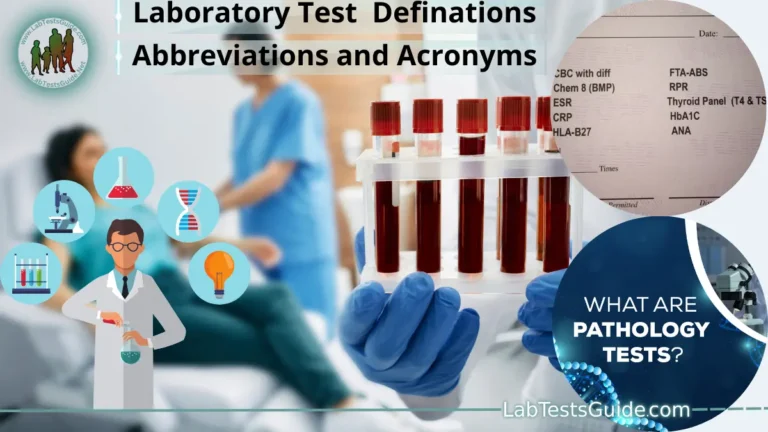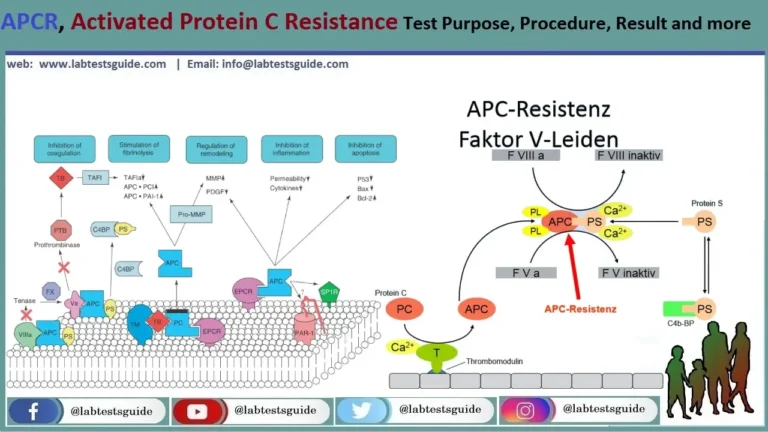Estrogen receptors (ER) and progesterone receptors (PR; also called PgR) may be found in breast cancer cells. Cancer cells with these receptors depend on estrogen and related hormones, such as progesterone, to grow. Estrogen and progesterone influence many hormonal functions in women, such as sexual development, pregnancy, childbirth, and menopause.

Useful For:
Guiding decisions on hormonal therapy in patients with breast carcinomas
This test is not useful for cases of lobular carcinoma in situ.
Method Name:
Semi-Quantitative Immunohistochemistry
Reporting Name:
ER/PR Semi Quant IHC Manual
Specimen Type:
Special
Advisory Information:
This test is for prognostic purposes only.
For diagnostic purposes, order PATHC / Pathology Consultation and then request the stains.
Estrogen/progesterone receptor testing is not appropriate and not performed for cases of lobular carcinoma in situ.
Shipping Instructions:
Attach the green pathology address label included in the kit to the outside of the transport container.
Necessary Information
- Include accompanying pathology report stating the final diagnosis. If not available, a preliminary diagnosis is acceptable.
- Information regarding fixative used, time to fixation, and duration of fixation is required. The following questions, as stated on the order form or presented electronically, must be answered:
- “Was specimen fixed in 10% neutral buffered formalin within 1 hour from surgical collection time? Yes, No, or Unknown.”
- “Has specimen been fixed in 10% neutral buffered formalin for 6 to 72 hours? Yes, No, or Unknown.”
- “Was tissue decalcified? Yes, No, or Unknown.”
- “Tumor type? Primary breast carcinoma, metastatic breast carcinoma, or non-breast tumor.”
- “Tumor classification? Invasive breast carcinoma, ductal carcinoma in situ, metastatic breast carcinoma, micro-invasive breast carcinoma, solid/intracystic papillary carcinoma, or non-breast tumor.”
Useful For
Guiding decisions on hormonal therapy in patients with breast carcinomas
This test is not useful for cases of lobular carcinoma in situ.
Clinical Information
The steroid hormone receptors, estrogen receptor (ER) and progesterone receptor (PR), are commonly used in the management of women with breast cancer. ER and PR status provide an indication of prognosis and of the potential benefit from hormonal therapy. Generally, ER/PR-positive tumors are more likely to respond to endocrine therapy and have a better prognosis, stage-for-stage, than receptor-negative tumors.
While the test can be performed on any formalin-fixed, paraffin-embedded tissue, it is infrequently used for non-breast cancer specimens.
Reference Values
Negative: <1% reactive cells
Positive: > or =1% reactive cells
Interpretation
Immunoperoxidase-stained slides are examined microscopically by the consulting anatomic pathologist and interpreted as negative (<1% reactive cells), or positive. The percent of reactive cells is provided in the report.
Method Description:
Immunoperoxidase staining and detection of estrogen receptor (ER) and progesterone receptor (PR) are performed in formalin-fixed, paraffin-embedded tissue sections using a proprietary kit detection system. The 4-micron tissue sections are deparaffinized, subjected to heat-induced antigen retrieval, and then sequentially incubated with antireceptor monoclonal antibodies (ER clone SP1 and PR clone 1E2) and followed by a proprietary kit detection system. The chromogen, diaminobenzidine, is subsequently applied to the section to produce a brown nuclear precipitate in cells expressing receptors. Sections are lightly counterstained with hematoxylin. Stained slides are examined microscopically by the consulting anatomic pathologist and interpreted as negative (<1% reactive cells), or positive with one of the following ranges:
- (1%-10% reactive cells),
- (11%-20% reactive cells),
- (21%-30% reactive cells),
- (31%-40% reactive cells),
- (41%-50% reactive cells),
- (51%-60% reactive cells),
- (61%-70% reactive cells),
- (71%-80% reactive cells),
- (81%-90% reactive cells),
- (91%-100% reactive cells).
Possible References Used






